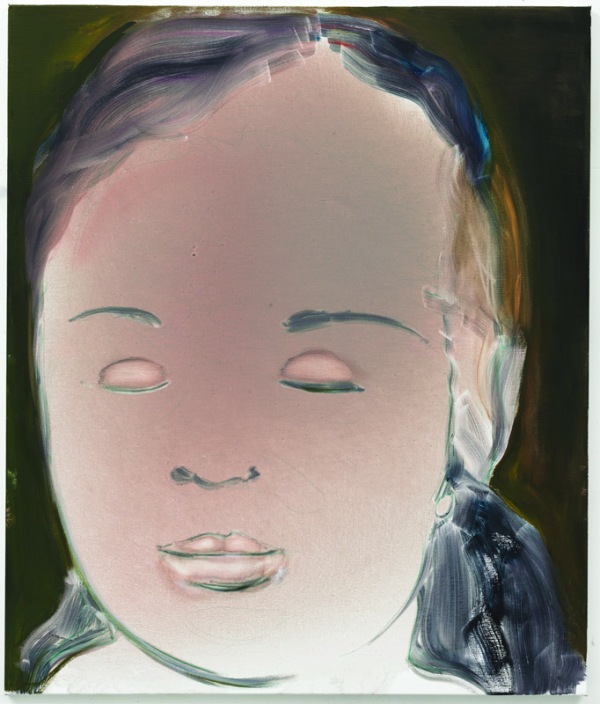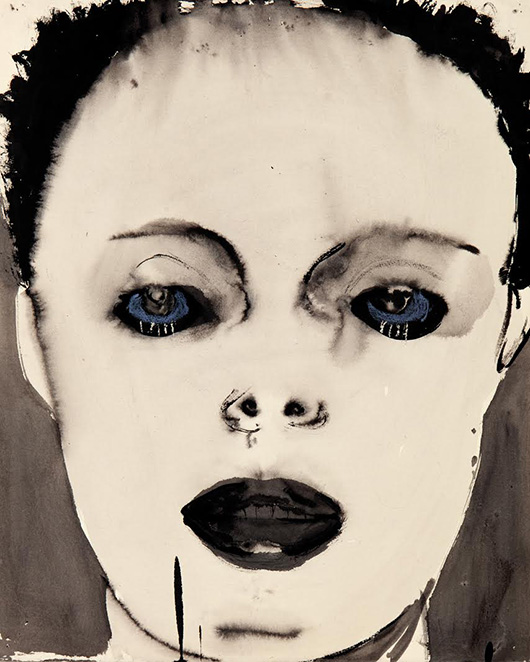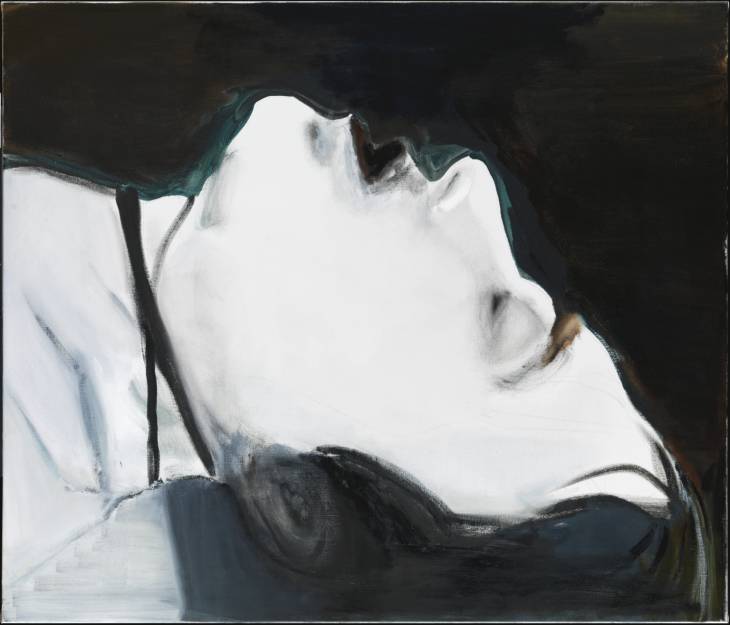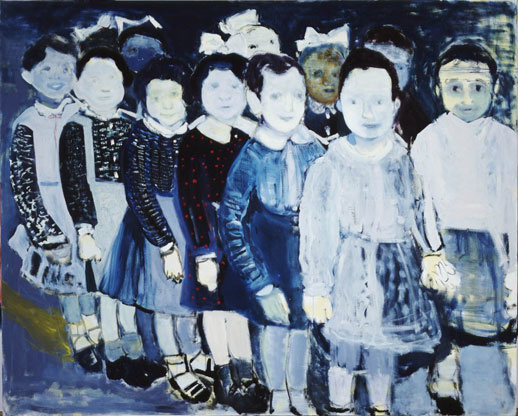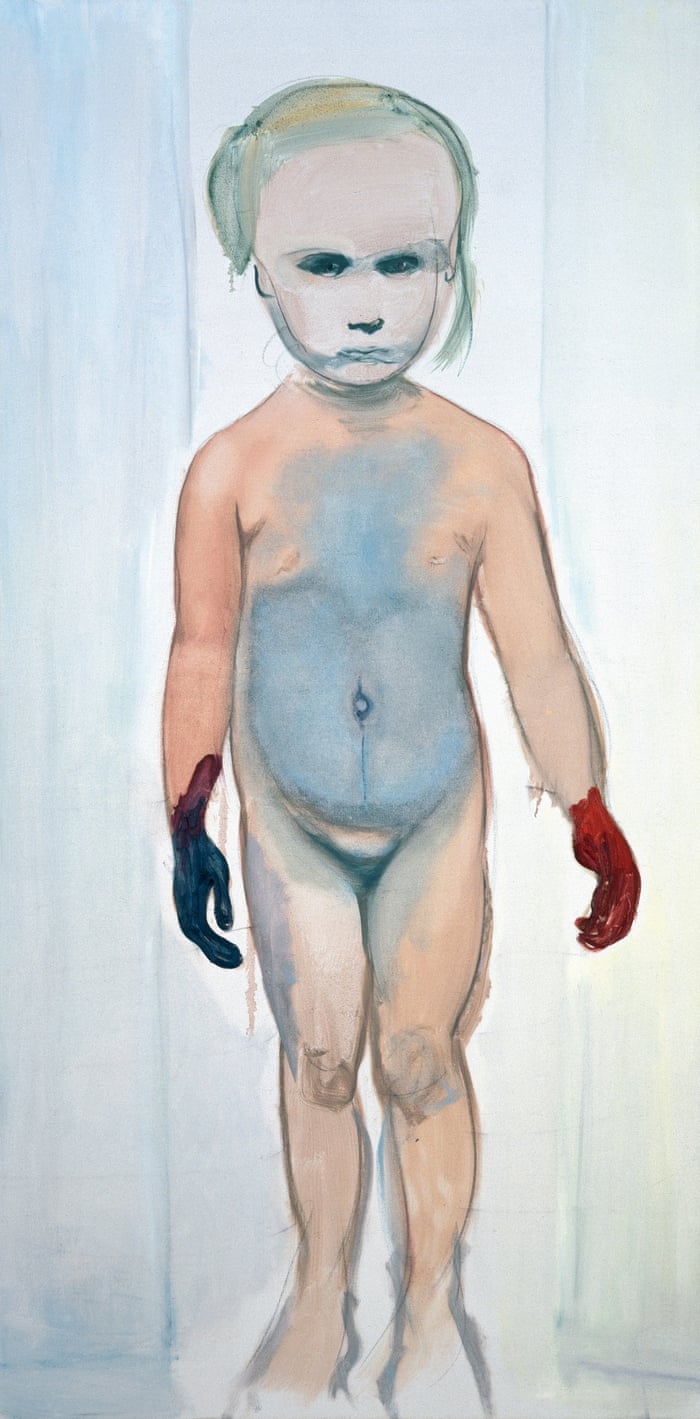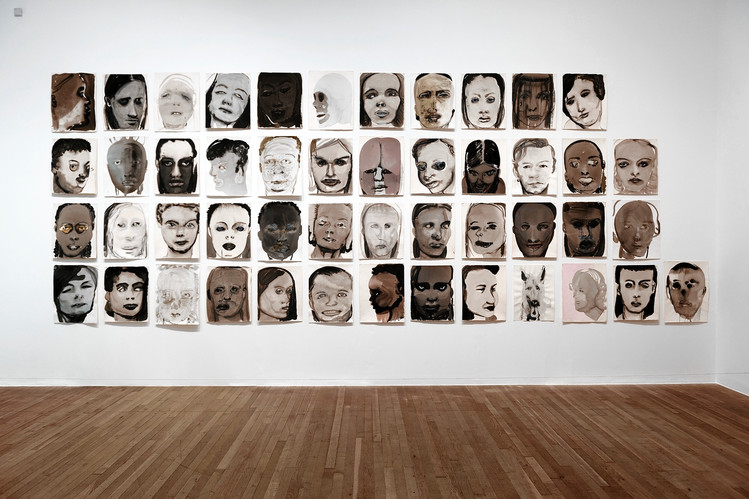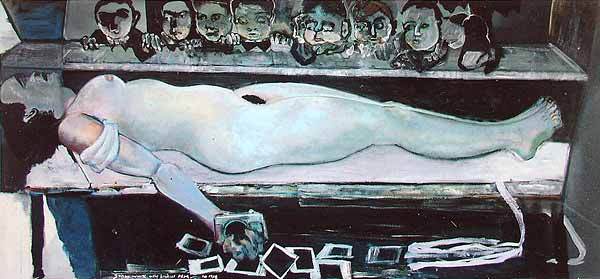Marlene Dumas
Marlene Dumas is one of the most prominent painters working today. Her intense, psychologically charged works explore themes of sexuality, love, death and shame, often referencing art history, popular culture and current affairs.
'Secondhand images', she has said, 'can generate first-hand emotions.' Dumas never paints directly from life, yet life in all its complexity is right there on the canvas. Her subjects are drawn from both public and personal references and include her daughter and herself, as well as recognisable faces such as Amy Winehouse, Naomi Campbell, Princess Diana, even Osama bin Laden. The results are often intimate and at times controversial, where politics become erotic and portraits become political. She plays with the imagination of her viewers, their preconceptions and fears.
In the past Dumas produced paintings, collages, drawings, prints and installations. She now works mainly with oil on canvas and ink on paper. The sources she uses for her imagery are diverse and include newspaper and magazine cuttings, personal memorabilia, Flemish paintings, and Polaroid photographs. The majority of her works may be categorised as 'portraits', but they are not portraits in the traditional sense. Rather than representing an actual person, they represent an emotion or a state of mind. Themes central to Dumas' work include race and sexuality, guilt and innocence, violence and tenderness.
I find that she is the painter who influenced me the most. I can relate to to her emotionally charged, expressive, large scale works. I naturally displayed inclination to depicting isolated figures, which for her was the decision to be a modern painter. “At a certain stage, the need to get rid of the background, making it as flat as possible, became very important”, she says. For me, it was about recognizing why I intuitively go for lack of background - I reject domestic confinement of women and do not wish to replicate it in my works.
The other similarities can be found in my works - gestural way of working and loose, almost wash like application of an oil paint. This is the characteristic I developed independently I think, having said so I definitely look up to Marlene Dumas and study her technique. She also allows th e element of reacting to what you see, building up on mistakes. Certain areas of color might come from elements that have been wiped out.
Her representation of gender can be disturbing and uncomfortable for the viewer. Dumas takes on issues of violence and brutality towards women. Her portraits, oddly beautiful, with luminescent colours, speak of death, rejection, oppression, self destruction. My practice it is not quite located in this area, however with the recent works investigating absence of women, the distant link can be made.
